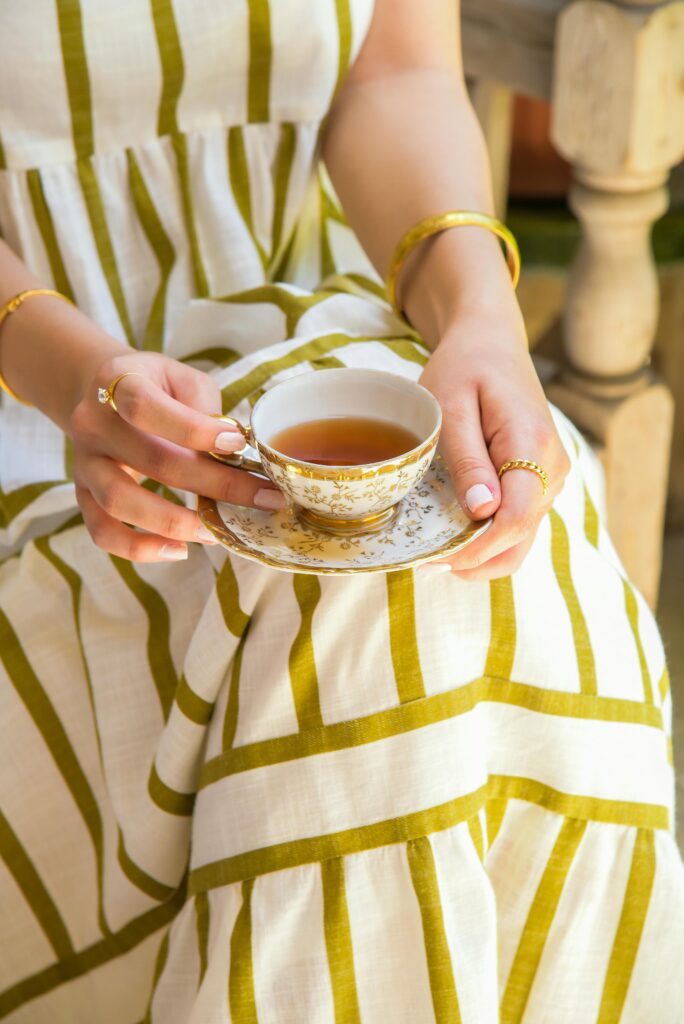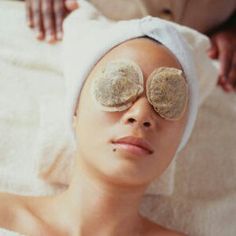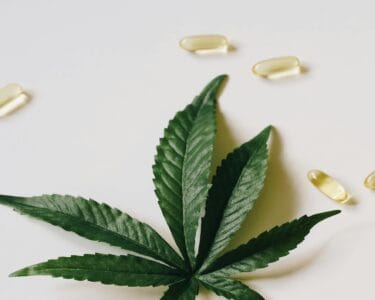What is Tea?
Tea which we drink as beverage is derived from the leaves of the Camellia sinensis plant.Tea is one of the most widely consumed beverages worldwide.
It is available in different forms.This includes black, green, white, oolong, and herbal teas, each offering its own unique flavor profile and potential health benefits.
Bioactive Compounds Present In Tea:
Itcontains bioactive compounds as polyphenols, catechins, and flavonoids, which have antioxidant and anti-inflammatory properties. These compounds protect cells from damage,and reduce inflammation
Benefits of Drinking Tea:
Drinking tea has been associated with numerous health benefits, including Improved heart health, Enhanced cognitive function,Weight management,Reduced risk of certain cancers,Boost immune system ,Lowered risk of chronic diseases such as diabetes and Alzheimer’s.

Teas with the Most Benefits:
All types of tea offer health benefits, green tea is often hailed as the most beneficial due to its high concentration of catechins, particularly epigallocatechin gallate (EGCG).Green tea has been extensively studied for its benefits to promote weight loss, improve heart health and reduce anxiety.
Harmful Contents in Tea and Their Side Effects:
Some teas may contain harmful substances such as heavy metals or pesticides, which can pose health risks when consumed in large quantities. It’s importantto choose high-quality, organic teas. Moderate your tea intake to minimize potential adverse effects.
Side Effects of Drinking Tea:
While tea is generally safe for most people when consumed in moderation, excessive intake can lead to side effects such as:
Caffeine sensitivity
Insomnia
Increased heart rate
Digestive issues
Iron absorption interference.
How is Tea Made?
Tea production involves several steps, including plucking the leaves, withering, rolling, oxidation, drying, sorting and grading. The process of production varies depending on the type of tea being produced, resulting in the distinct flavors and characteristics of each variety.



Other Uses of Tea:
In addition to being enjoyed as a beverage, tea has various other uses, including:
Culinary Applications:
Tea can be used to flavor dishes and marinades.
Skincare:
Tea extracts are used in skincare products for their antioxidant and anti-inflammatory properties.
Household Cleaning:
Tea can be used as a natural cleaner for surfaces and fabrics.
Use Of Tea Bags For Deep Cleaning Of Bad Smelling Carpet:
Used tea bags, particularly those containing black tea, can be effective for deep cleaning and deodorizing carpets due to their natural properties.
The tannins in tea possess astringent and antimicrobial properties that help to break down organic matter and neutralize odors.
The acidity of tea can help to dissolve and lift dirt and grime embedded in the carpet fibers.
When brewed tea used as a cleaning solution,can penetrate deep into the carpet, effectively removing stubborn stains and eliminating unpleasant odors.
The absorbent nature of tea bags allows them to soak up excess moisture, preventing mold and mildew growth.
The combination of tannins, acids, and absorbing properties makes tea bags an eco-friendly and effective solution for deep cleaning and deodorizing carpets.
Tea Bags for Shining of Wood:
Tea bags, particularly those containing black tea, can be used to shine and polish wooden surfaces such as furniture or floors.
The tannins present in tea act as a gentle abrasive that helps to remove dirt and grime while enhancing the natural color and luster of wood.
The acidic properties of tea can help to dissolve residue and restore shine to dull surfaces. To use tea bags for shining wood, simply steep several tea bags in hot water to create a concentrated tea solution.
Allow the solution to cool, then dip a soft cloth or sponge into the tea and wring out any excess liquid. Gently rub the damp cloth over the wooden surface, working in small circular motions to distribute the tea evenly.
Buff the wood with a clean, dry cloth to achieve a glossy finish. The natural properties of tea make it an effective and environment friendly wood polish.It provides a safe and sustainable way to maintain the shining of wooden surfaces.

Tea Uses in Gardening:
Tea can be utilized in gardening as a natural fertilizer, soil conditioner, and pest repellent, thanks to its nutrient content and beneficial properties.
Used tea leaves or brewed tea can be added to compost bins or directly to garden soil to enrich the soil with essential nutrients such as nitrogen, potassium, and phosphorus.
The organic matter in tea helps to improve soil , retain moisture, and promote microbial activity, results in healthier plants.
The tannins and caffeine present in tea have natural insecticidal properties that can help to deter pests and prevent plant damage.
Used tea bags can also be buried in the soil around plants to gradually release nutrients and improve soil health.
Incorporating tea into gardening practices provides an eco-friendly and sustainable way to nourish plants, and protect against pests.

Dyeing of Hairs:
Tea can be used as a natural hair dye or hair rinse to darken hair color, cover gray strands, and add shine, thanks to its tannin content and acidic properties.
Black tea, contains high levels of tannins that can bind to the protein structure of the hair, imparting a subtle tint to the strands.
To use tea for hair dyeing, simply brew a strong infusion of black tea and allow it to cool to room temperature.
Then, pour the cooled tea over clean, damp hair, making sure to saturate the strands thoroughly. Leave the tea in your hair for at least 30 minutes to an hour, depending on the desired intensity of color, then rinse thoroughly with water. Repeat the process as needed to achieve the desired shade.
The natural pigments and conditioning properties of tea make it a gentle and alternative to chemical hair dyes,It’s a safe and eco-friendly option for those looking to enhance their hair color naturally.

Tea as Deodorizing Agent:
Tea can be used as a natural deodorizer to absorb odors and freshen up various spaces in the home.
The sponge like nature of tea leaves absorb moisture and trap unpleasant odors, making them an effective and eco-friendly solution for deodorizing closets, shoes, refrigerators, and other areas prone to odor buildup.
Used tea bags or loose tea leaves can be placed in small sachets or bowls and strategically positioned in areas where odors are a concern.
Brewed tea can be used as a room spray or added to cleaning solutions to impart a subtle, refreshing fragrance and neutralize lingering odors.
The antimicrobial properties of tea help toslow down bacterial growth and prevent the formation of unpleasant smells, ensuring a clean and fresh environment.
Incorporating tea into your deodorizing routine provides a simple and environmentally friendly way to maintain a pleasant and odourless home atmosphere.

Tea Bags as Anti-inflammatory Uses In Swollen Eyes:
Tea bags, particularly those containing green or black tea, can be used as a soothing remedy for swollen or inflamed eyes due to their anti-inflammatory properties.
When applied to the eyes, the cool temperature of the tea bags helps to constrict blood vessels and reduce swelling, while the bioactive compounds in tea, such as catechins and tannins, exert anti-inflammatory effects.
The caffeine content in tea can help to improve blood circulation and reduce fluid retention, further alleviating puffiness and inflammation around the eyes.
To use tea bags for swollen eyes, steep two tea bags in hot water for a few minutes, then remove and allow them to cool to room temperature. Place the cooled tea bags over closed eyelids and relax for 10-15 minutes, allowing the soothing properties of the tea to take effect.
Use of tea bags as a natural anti-inflammatory remedy can help to reduce swelling, relieve discomfort, and rejuvenate tired eyes.

Green Tea Bags Reduce the Appearance of Dark Circles Under Eyes and Puffiness:
Green tea bags are known for their ability to reduce the appearance of dark circles under the eyes and puffiness.This is due to their high concentration of antioxidants and caffeine.
The antioxidants in green tea, epigallocatechin gallate (EGCG), neutralizes free radicals and reduce oxidative stress, which can contribute to dark circles and puffiness.
The caffeine in green tea helps to stimulate circulation, reduces fluid buildup and swelling around the eyes.
To use green tea bags for dark circles and puffiness, steep two green tea bags in hot water for a few minutes, then remove and allow them to cool to room temperature or chill in the refrigerator for added cooling effect.
Place the cooled tea bags over closed eyelids and relax for 10-15 minutes, allowing the antioxidants and caffeine to penetrate the skin and diminish dark circles and puffiness.
Regular use of green tea bags as an eye treatment can help to brighten the under-eye area, reduce swelling, and restore a refreshed and rejuvenated appearance to the eyes.

Here’s An Overview Of The Chemical Analysis Of A Tea Beverage:
1. Polyphenols:
Polyphenols commonly known as catechins and EGCG found in tea beverages which contributes to their antioxidant properties.
Common polyphenols found in tea beverages include catechins, flavonoids, and phenolic acids.
2. Caffeine:
Caffeine a natural stimulant found in tea beverages. The concentration is varies depending on factors such as tea variety, brewing method, and processing techniques.
3. Sugars:
Sugars may be present in tea beverages as natural sweeteners or added sugars during processing.
4. Acids:
Tea beverages may contain citric acid, malic acid, and tartaric acid, which contribute to flavor profile and acidity.
5. Amino Acids:
Amino acid L-theanine contribute to the taste and aroma of tea beverages and may have potential health benefits.
6. Vitamins:
Tea beverages may contain water-soluble vitamins such as vitamin C (ascorbic acid) and B-complex vitamins, contents depends on factors such as processing and fortification.
7. Minerals:
Minerals such as potassium, magnesium, calcium, and manganese may be present in tea beverages, depending on the used water quality and tea variety.
8. Flavor Compounds:
Tea beverages contain volatile flavor and aromatic compounds that contribute to their aroma and taste.Major volatile flavor and aromatic compounds are as follows
Terpenes: limonene, linalool,geraniol
Aldehydes:hexanol,octanal,nonanal
Ketones:2-heptanone,2-pentanone,2-octanone
Esters:isoamyl acetate,hexyl acetate,ethl acetate
Phenols:catechol,guaiacol,eugenol
9. Contaminants:
Tea beverages may be tested for pesticide residues, heavy metals, and microbial contaminants to ensure safety and quality.
10. Color and Appearance:
Color, flavor and appearance is essential for visual assessment in evaluating the quality and consumer acceptance of tea beverages.
How Tea Works in the Body When Consumed:
When you consume the tea , the bioactive compounds in tea are absorbed into the bloodstream, where they bring into play their beneficial effects on various organs and systems. Catechins in green tea can increase thermogenesis and fat oxidation, contributing to weight loss.
Best Time to Take Tea and Scientific Explanation:
The best time to drink tea is between meals or before physical activity to maximize its metabolic benefits. Consuming tea in an empty stomach it can enhance its absorption and efficacy, leading to better results.
Different Types of Tea:
- Black tea
- Green tea
- White tea
- Oolong tea
- Herbal tea
Recipe for Herbal Teas and Their Medicinal Uses:
Here are recipes for three herbal teas and their associated medicinal uses:
Chamomile Tea:
Soothes digestive issues, promotes relaxation, and supports sleep.
Peppermint Tea:
Relieves nausea, aids digestion, and alleviates headaches.
Ginger Tea:
Eases nausea, reduces inflammation, and boosts immunity.
Best Tea for Women’s Health:
Herbal teas such as chamomile, red raspberry leaf, and nettle tea are beneficial for women’s health, supporting hormonal balance, menstrual cramp relief, and overall well-being.


Recipe Of Herbal Tea For Women’s Health:
Ingredients:
- 1 teaspoon dried chamomile flowers
- 1 teaspoon dried red raspberry leaves
- 1 teaspoon dried nettle leaves
- 2 cups water
- Honey or lemon (optional, for added flavor)
Instructions:
- 1. Prepare the Herbs: In a teapot or heatproof container, combine the dried chamomile flowers, red raspberry leaves, and nettle leaves.
- 2. Boil Water: Bring two cups of water to a boil in a saucepan or kettle.
- 3. Steep the Tea: Pour the boiling water over the dried herbs in the teapot. Cover the teapot with a lid or plate to trap the steam and let the tea steep for 5-10 minutes to extract the beneficial compounds.
- 4. Strain and Serve: After steeping, use a fine-mesh strainer or tea infuser to strain the herbal tea into cups. Discard the used herbs or compost them if desired.
- 5. Sweeten (Optional): If desired, add honey or a squeeze of lemon to sweeten and enhance the flavor of the tea.
- 6. Enjoy: Sip and enjoy your soothing and nourishing herbal tea for women’s health.
Benefits for Women’s Health:
Chamomile: Chamomile tea has calming and anti-inflammatory properties, which can help alleviate menstrual cramps, reduce stress, and also promote relaxation.
Red Raspberry Leaf: Red raspberry leaf tea is rich in vitamins and minerals, including iron and magnesium, which support hormonal balance and uterine health. It is often used during pregnancy to tone and strengthen the muscles of uterus and ease labor pains.
Nettle: Nettle tea is a natural diuretic and rich source of iron, making it beneficial for women with heavy menstrual bleeding or iron deficiency anemia. It contains vitamin A , calcium and mananese that support overall health.
Incorporate this herbal tea blend into your daily routine which may provide relief from menstrual discomfort, promote hormonal balance, and support for women of all ages.
Enjoy a cup of this nourishing tea during times of stress, hormonal fluctuations, or simply as a comforting and rejuvenating beverage.






